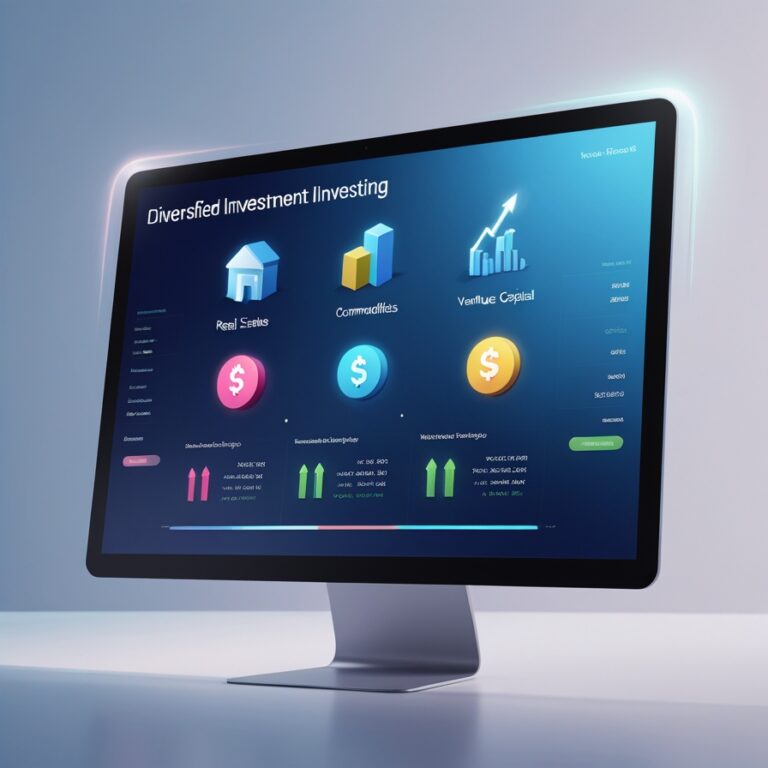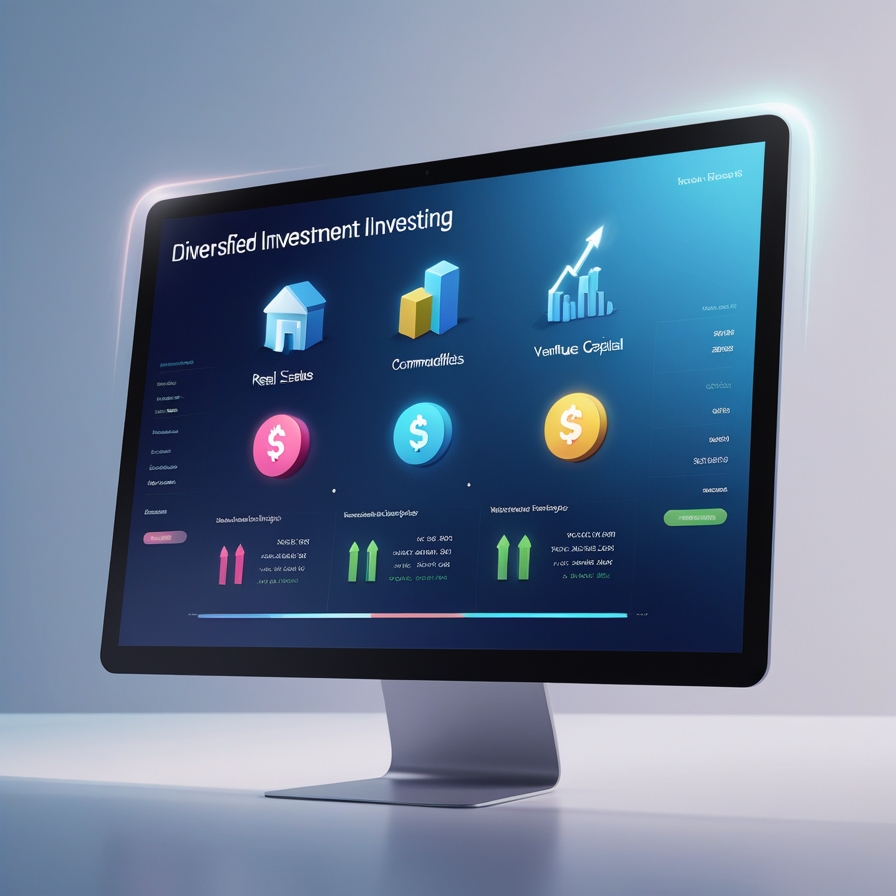How to Start Investing with Little Money in USA: Beginner’s Guide to Growing Wealth
Why Small Investments Can Still Make a Big Difference
How to start investing with little money in USA is a question on the minds of many young professionals, students, and everyday earners. For years, the idea of investing carried the myth that you needed thousands of dollars just to open an account. Wall Street seemed reserved for the wealthy, while the average person felt left out. But times have changed.
Today, thanks to technology, financial innovation, and accessible platforms, anyone can begin investing with as little as $5. Apps allow you to buy fractional shares of popular companies like Apple or Tesla. Automated robo-advisors build custom portfolios for you at a fraction of the cost of traditional brokers. And low-cost index funds make diversification simple and affordable.
The truth is, you don’t need to wait until you’re “rich enough.” Investing is less about the amount you start with and more about the habit of consistency. Whether you can set aside $20, $50, or $200 a month, the key is starting now—because time is the most powerful factor in building wealth.
Why You Don’t Need a Lot of Money to Start Investing
In the past, brokerage firms often required high minimum deposits—sometimes $1,000 or more—just to get started. On top of that, fees were expensive, making small accounts unprofitable for investors.
Fast forward to today, and the playing field looks completely different. Zero-commission trading, fractional shares, and micro-investing apps have eliminated those barriers. Here’s why little money is no longer a limitation:
-
Fractional Shares: Instead of paying $400 for a full share of stock, you can buy $10 worth of it.
-
Robo-Advisors: Platforms like Betterment or Wealthfront create a diversified portfolio for you, often starting with as little as $10.
-
Micro-Investing Apps: Services like Acorns invest your spare change every time you make a purchase.
This shift means the earlier you begin, the more you can take advantage of compound growth, even if your contributions are small.
Setting Clear Investment Goals
Before you dive into investing, pause and ask yourself: What am I investing for?
Your goals determine your risk level and the types of investments you should choose. For example:
-
Short-term goals (1–3 years) → You may want safer investments, like high-yield savings accounts or bonds, since the stock market can be volatile in the short run.
-
Medium-term goals (3–7 years) → A balanced portfolio of stocks and bonds could work, giving you growth while managing risk.
-
Long-term goals (10+ years, like retirement) → Stocks, index funds, and ETFs provide the best potential for growth over time.
Knowing your “why” keeps you motivated and helps you avoid impulsive decisions when the market fluctuates.
Best Low-Cost Investment Options for Beginners
When figuring out how to start investing with little money in USA, the smartest strategy is to choose simple, affordable, and diversified investments. Here are some of the best beginner-friendly options:
Index Funds and ETFs
Index funds and exchange-traded funds (ETFs) are ideal for beginners. They spread your money across hundreds of companies, lowering your risk. Plus, they’re extremely affordable, with some funds charging expense ratios as low as 0.03%.
Fractional Shares
Not everyone can afford a full share of Amazon or Tesla stock. Fractional investing allows you to buy a “slice” of a stock with as little as $1. This way, you can own parts of big companies without needing a huge budget.
Robo-Advisors
Robo-advisors like Betterment or Wealthfront automatically create and manage a portfolio for you. You just answer a few questions about your goals, and the platform handles everything—from diversification to rebalancing.
Dividend Reinvestment Plans (DRIPs)
Some companies and brokers allow you to reinvest dividends automatically. This lets your money grow passively without needing to manually reinvest payouts.
How to Use Micro-Investing Apps
Micro-investing apps are a game changer for people who want to begin investing with little money. Popular apps include:
-
Acorns – Rounds up your everyday purchases and invests the spare change.
-
Stash – Lets you start with $5 and even offers themed portfolios.
-
Robinhood – Provides commission-free trades and fractional shares.
These apps make investing as effortless as buying a coffee. Over time, those small amounts add up significantly.
Avoiding Common Mistakes When Starting Small
When learning how to start investing with little money in USA, it’s easy to get caught in traps. Avoid these common mistakes:
-
Chasing Hot Stocks: Don’t gamble on the latest trend or social media hype.
-
Timing the Market: Nobody can consistently predict highs and lows. Instead, use dollar-cost averaging—investing a fixed amount regularly.
-
Ignoring Fees: High fees eat into small investments. Stick with low-cost funds.
-
Not Diversifying: Putting all your money into one stock increases risk. Spread it across funds or ETFs.
The Power of Consistent Contributions
One of the most underrated secrets of investing is consistency. Even small amounts, when invested regularly, can lead to substantial growth.
For example:
-
Investing $50 per month at 8% annual return grows to nearly $75,000 in 30 years.
-
Investing $200 per month at the same rate grows to over $300,000 in 30 years.
The earlier you start, the more powerful compounding becomes. It’s not about timing the market—it’s about time in the market.
Learning as You Go
Investing isn’t something you master overnight. The good news is, you don’t have to be an expert to begin. Over time, as you invest consistently, you’ll naturally become more familiar with terms like “dividends,” “ETFs,” and “asset allocation.”
To accelerate your learning:
-
Read beginner-friendly finance books.
-
Follow trusted financial blogs and podcasts.
-
Use free learning resources offered by brokers like Fidelity, Vanguard, or Charles Schwab.
The more you learn, the more confident and strategic you’ll become.
Final Thoughts: Start Small, Think Big
Knowing how to start investing with little money in USA could be your first step toward financial independence. You don’t need to wait until you earn six figures. You don’t need thousands in the bank. All you need is the willingness to start.
Whether you invest $5, $50, or $500 a month, the most important thing is to stay consistent. Technology has leveled the playing field, giving everyday people access to opportunities once reserved for the wealthy.
So, start today. Pick an app, open an account, set up automatic contributions, and watch your money grow. The amount you begin with matters far less than building the habit of investing—a habit that could change your financial future forever.















